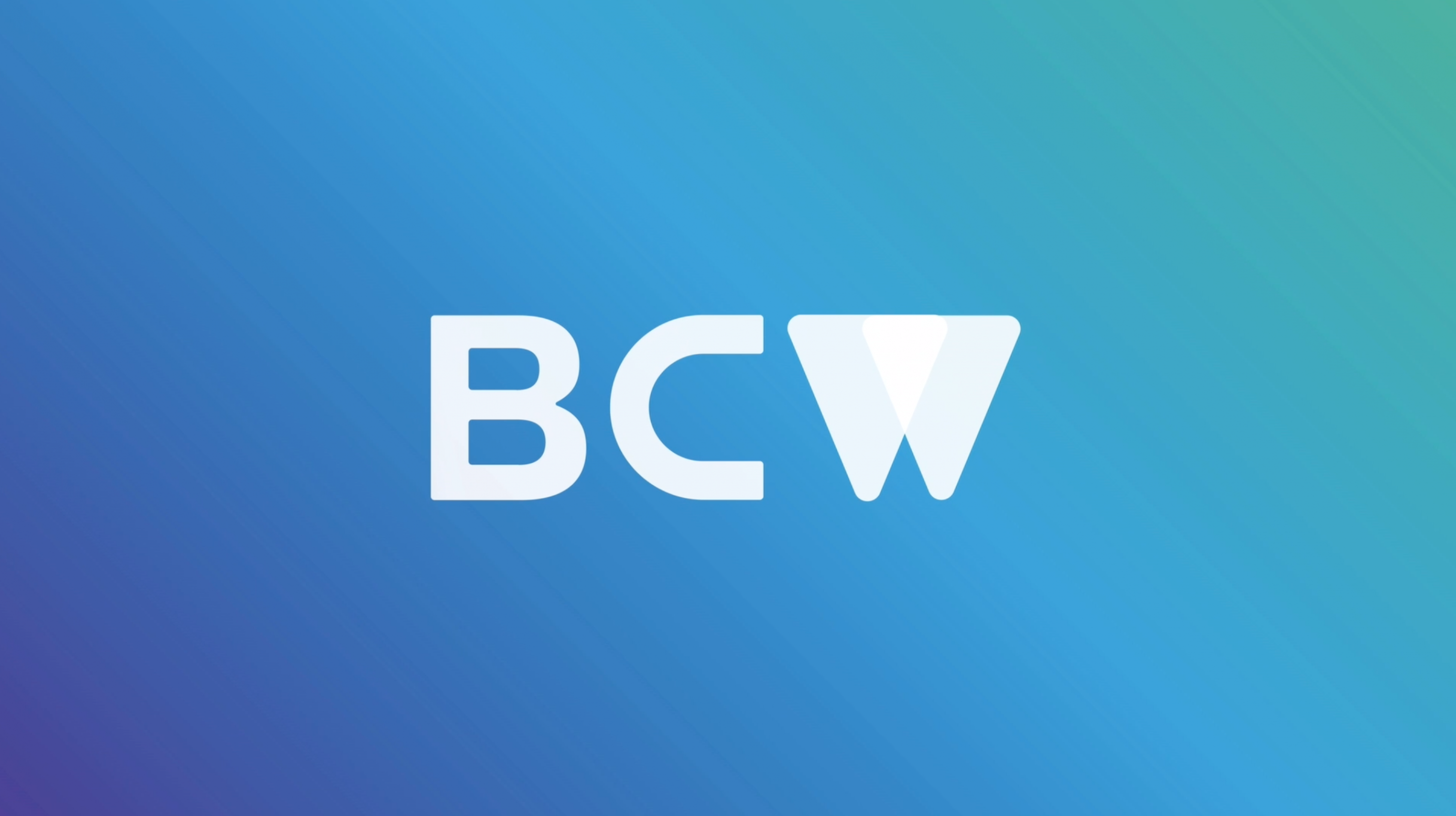The age of digitalization is still dawning and Chief Digital Officers (CDO) are paving the way forward for their companies. But what precisely should a Chief Digital Officer do to help his or her company successfully undergo digital transformation? A global survey by Egon Zehnder asked the best people qualified to answer the question: the CDOs themselves.
The survey of over 100 CDOs worldwide underlines the novelty of the CDO position: 84% are the first to hold that position in their organization, while 65% have been in the role for under three years.
Tellingly, 64% are outside hires, the survey discovered. Companies often bring in outside expertise to support the introduction of new technology yet rely on established internal players when transforming the core of an organization.
Creating commercial success
So once they’ve got the job, what exactly are CDOs expected to do? The main remit (56%) is to drive commercial impact and digital monetization. This is roughly along the lines of show us what you can do, bring our skills to life and create commercial success.
CDOs, however, may need to tailor their initial expectations to a somewhat different reality: a mere 10% are expected to “evolve culture”, the survey found. This implies that however eager CDOs are to implement change, the company may not be ready, whether due to a lack of appropriate business model or insufficient existing technology or because people simply aren’t ready for change. As a result, 54% of CDOs need to adopt an evangelizing role. In other words, when a CDO starts the job, he or she first needs to convince the organization that in order to move forward and drive successful digital transformation, certain things need to change. This evangelizing part becomes a key success factor for any CDO.
Preaching for change is, in fact, the most difficult part of the CDO’s job. Of those surveyed, 80% replied that “evolving culture” was more difficult than expected, while 68% found “integration of data and breaking down silos” the most challenging aspect. Essentially this means that people and the organization need to change the operating system.
Tough decisions won’t be made without the support of C level executives, namely the CEO and the board. Indeed, C level support is proven to be twice as important as bringing in outside talent. This is reflected in the survey results, with 58% stating that the two most critical factors for success are executive commitment and evangelism, closely followed by 57% with culture and ways of working.
The Eureka moment
Like all other strong transformational leaders, successful CDOs are united by three common factors: the Eureka moment, authenticity, and the ability to orchestrate change.
The Eureka moment refers to the realization that he or she can’t carry on the same way as before, telling themselves “If I don’t stop going on the same way, if I don’t question myself, if I don’t change the way I operate, I lose my right to exist as a company and as a leader.” This feeling becomes internalized and triggers change.
Authenticity is about using your own words to communicate the need to change. Orchestration of change, meanwhile, is about how the world has become too complex for our leaders to know all of the answers. Gone are the days when the patriarchal, all-encompassing CEO always knew what to do. In these volatile and unpredictable times, we need instead to unleash the connective wisdom of the organization.
Essentially, transformation needs to take place on different levels. To motivate collective transformation, change needs to come from the top, with management leading by example. But leaders also need to undergo individual transformation themselves on their leadership journey.
To be authentic, leaders need to first recognize who exactly they are. “The Big Four” model by Erica Ariel Fox and utilized by Egon Zehnder, maintains that we’re made up of four different personas, namely: the inspirational dreamer, whose strengths include creativity and vision; the thinker, who is blessed with objective argumentation and sharp analysis; the goal-orientated warrior; and the lover, who has a strong sense of emotions and relationships. To implement change, leaders need to tap into whatever persona is needed, depending on the situation. Egon Zehnder then adopts this transformational leadership model to focus on performance and value creation for CDOs and other transformational leaders.






